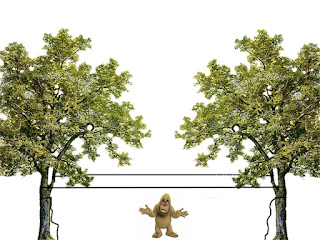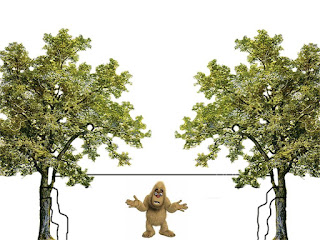Cheap and simple
- Details
- Category: Articles
- Published: Saturday, 09 January 2021 02:55
- Written by Super User
- Hits: 2273
I've been asked by folks throughout my Bigfooting "Career" whether they needed to spend a lot of money on the latest and greatest technology to do research with. While I have invested quite a bit of money and time into having a lot of equipment to use, I always, revert back to the cheapest and most simple item that a researcher can use. A spool of thread.
Okay, some of you are wondering, what the heck have you been smoking lately DW? How can a spool of thread be a great researching tool?
Through the years, I have seen many folks, habituators mainly, claim that Bigfoot were coming through their property on a regular basis, but were adamant that the Bigfoot would not allow them to take pictures of them. So if the Bigfoot would not appear when the person had a camera on them, and there was little evidence to back up their claims, how would I tell if a Bigfoot was indeed coming across the property.
Well it's simple. You take two trees, roughly about 100 feet apart, and you string the thread between the two trees in three strands. Start the first on at 6 feet, the second at 7 feet, and the third you place at 8 feet as shown in the picture below.
Now you could actually place these all around the property, creating a perimeter around your place, just remember though when you walk through the areas that you don't run into the thread yourself.
The MABRC will a lot of times, place this thread perimeter around their camps on expeditions, and here is the reason why we use the thread like this.
A Bigfoot comes walking through the area, but he is under 7 feet tall, he walks into the bottom thread and breaks it.






